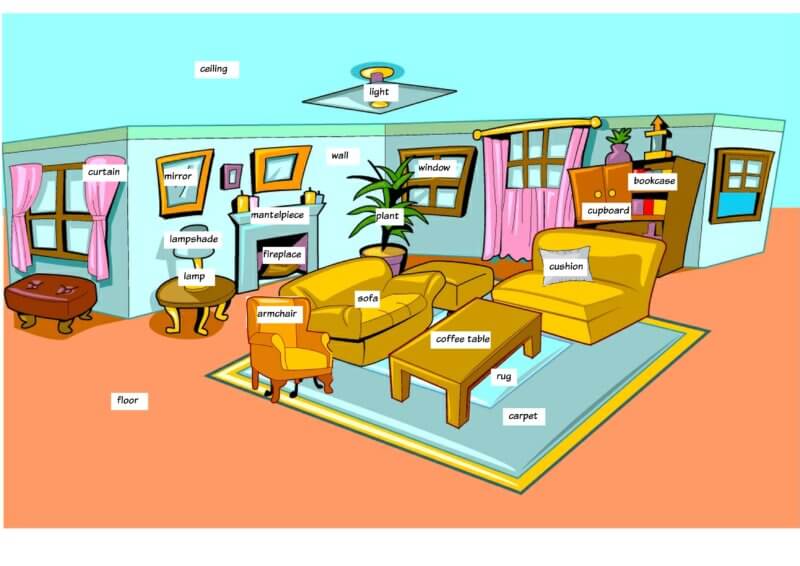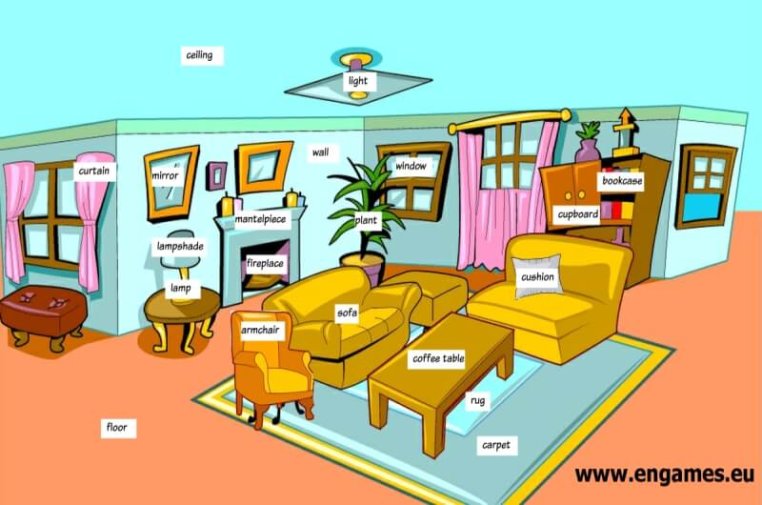“He must be joking!” I thought. I was shocked but I kept quiet. My friend Jane didn´t.
“Why the hell should I throw all my work away?” she asked. We went silent and expected that Jane will be punished.
But the teacher was unfazed. “Yes, throw the pictures into the rubbish bin. They are completely useless.”
“What? So why did we do it?” Jane asked angrily.
“Just take your papers and put them into the rubbish bin,” the teacher insisted and we reluctantly obeyed.
ADVERT:
[showmyads]
We were confused.
A few minutes ago each of us had been given a picture and we were asked to describe our pictures and find the differences. And now, before we finished we had to throw our work away.
No wonder that the classroom was like a beehive full of angry bees. However, the teacher was just smiling and waited till we sat down and went quiet.
“You worked, but it was absolutely useless. You just concentrated on finding the differences. So you spoke your mother tongue and some of you peeked, just to finish the task. And now, what have you got? Nothing!”
I didn´t understand but the teacher went on.
“If you had spoken English, as I had asked you, you would have improved your English. But you didn’t. You just wanted to finish the paper and the paper is gone. We wasted a lot of time and we have no results.”
I felt ashamed. The teacher was right. I knew I should use English, but it was so much easier to do the task without it.
“Remember, English is important, not the task! Let´s try again.”
Below I list the tasks with pictures which we used in our classes, but the lesson above was one of the most important I have received.
Spot the differences
Students work in pairs. Each has got a different picture. They must not peek and they describe their pictures and try to find the differences. You can use the worksheets below. This activity is ideal to practise the phrases There is / There are.
Number dictation
Hand out the worksheets with the dots and numbers. Dictate the numbers as they go one after another. Students join the dots and they tell you what picture they drew.
You can change the task and students only read the numbers and join the dots. This task is ideal to practise numbers or letter of alphabet.
Who am I?
Hand out the worksheet below. Students work in pairs. One of them chooses one of the people and describes him/her. The other listens and tries to guess who the student is thinking of.
Draw and dictate
You need no preparation for the following activity. Students just open their exercise books and draw a picture (a monster or a house are ideal). Then they dictate what they have in their picture and their partner draws it. At the end, students compare their pictures.
Pictionaries
Some students find pictionaries very useful to learn new vocabulary.

Category: English games

